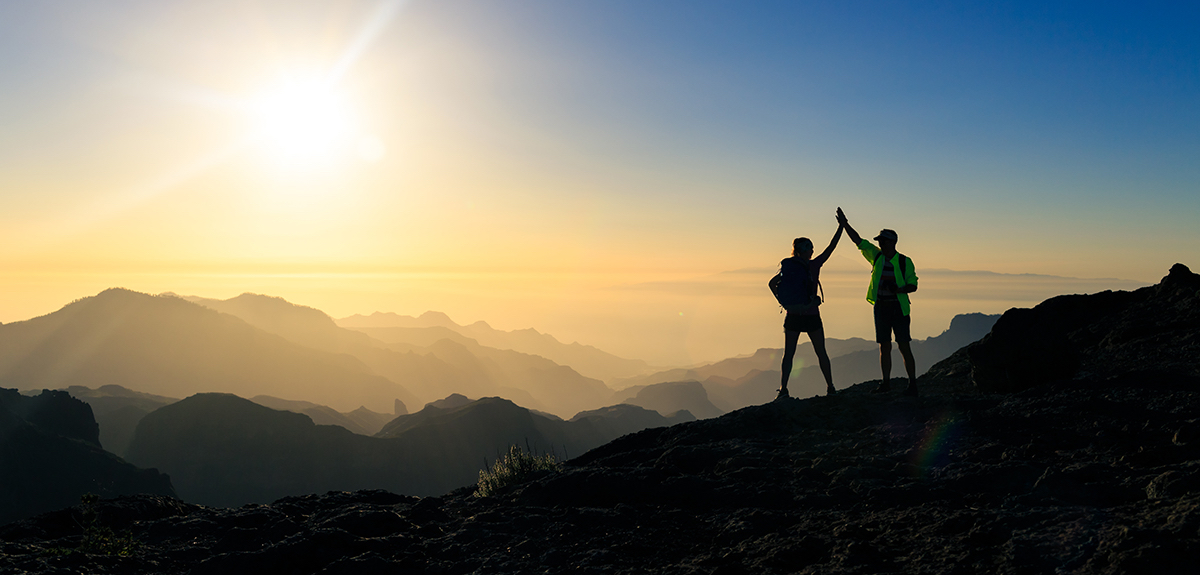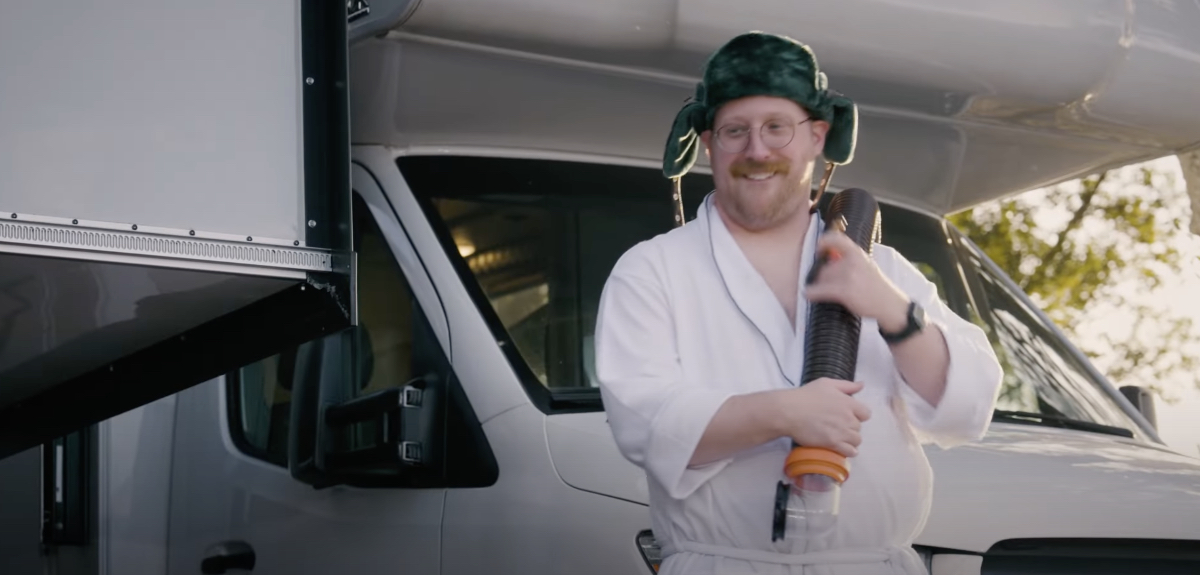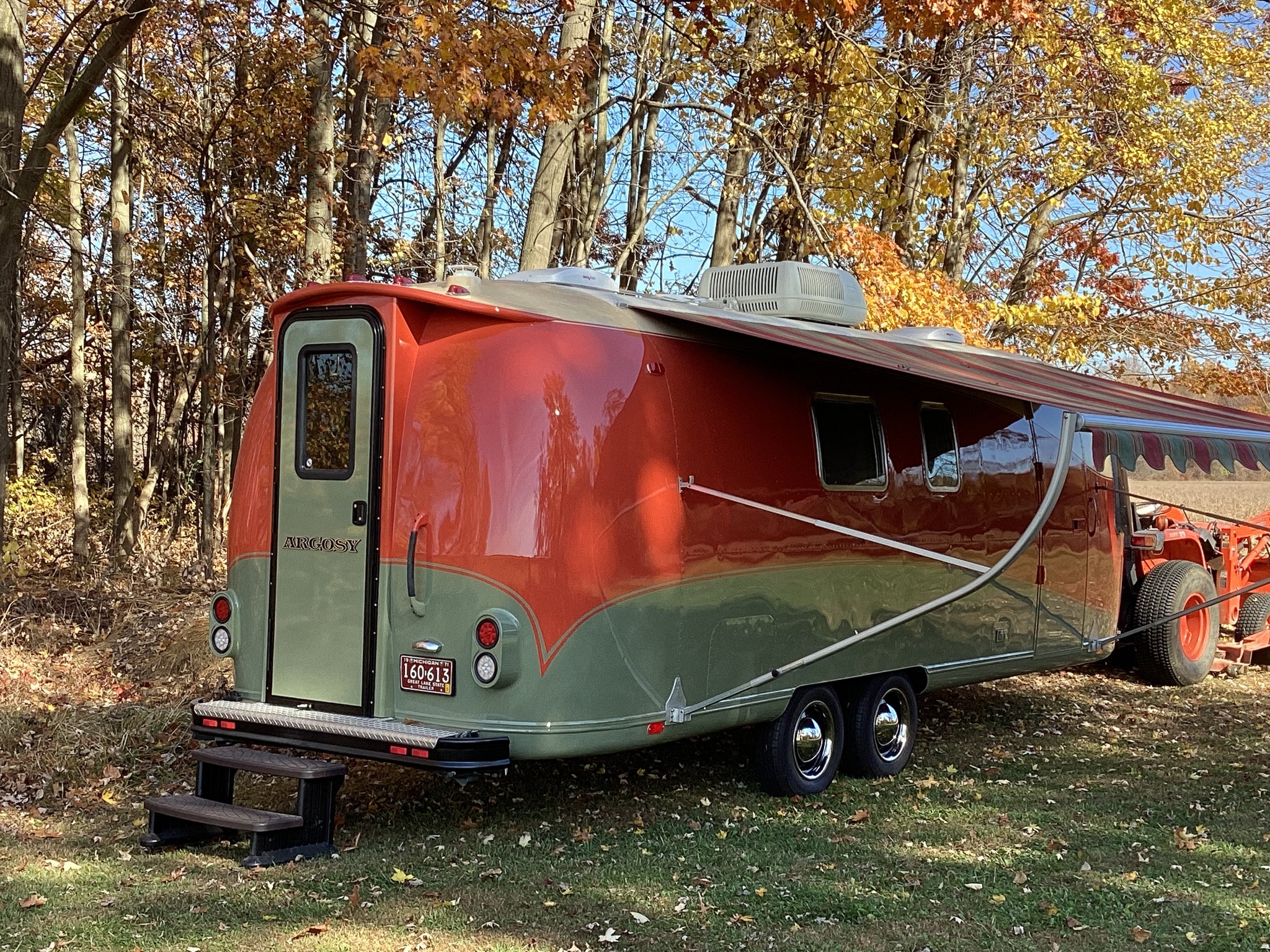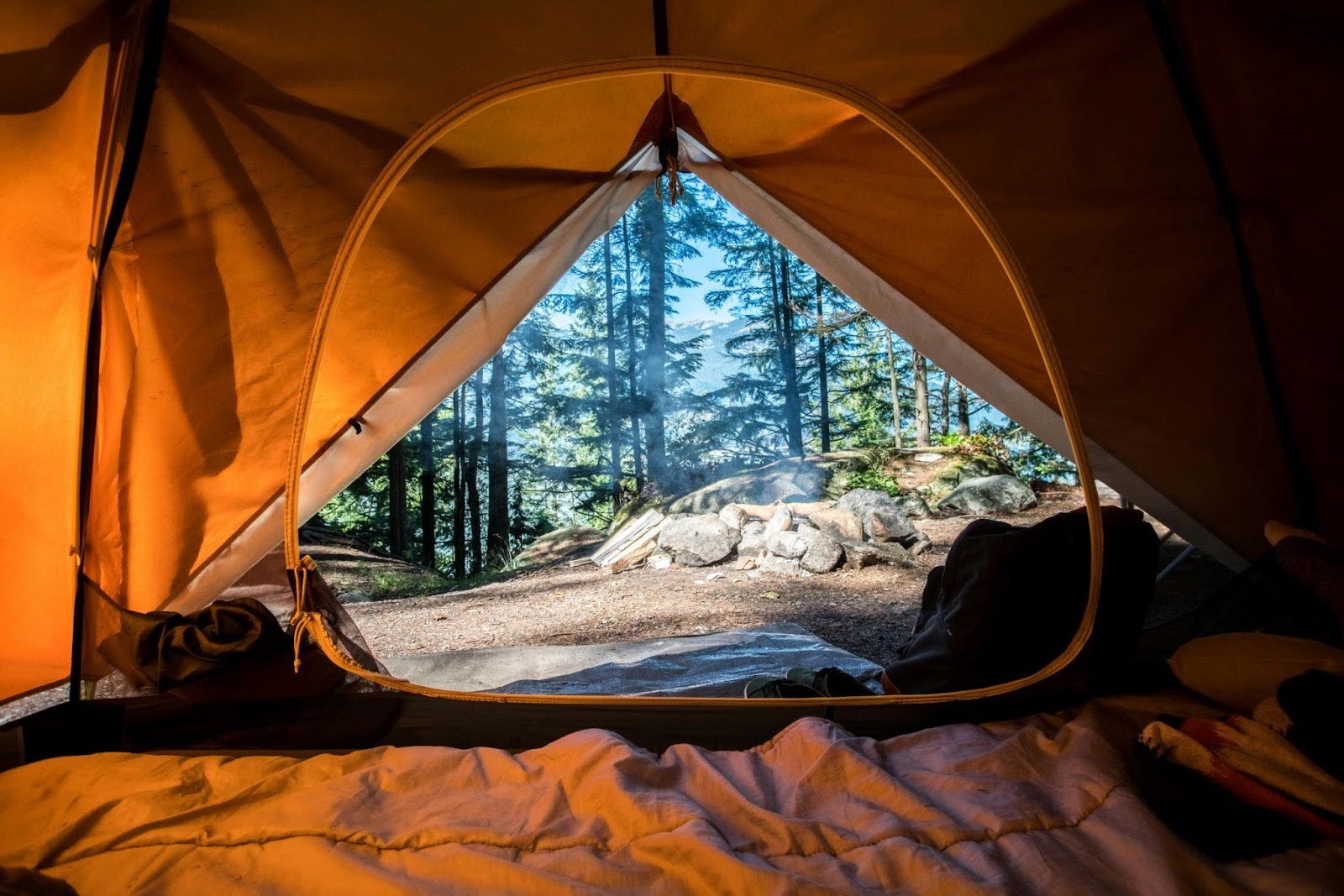How to RV Like a Pro
New to RVing? We've Got Your Back with These Tips to Make the First Time Out Go Smoothly and Prepare You for Future Adventures
Premium
Image Caption: Photo Credit: Cate Battle
This article requires a digital subscription. Please subscribe!





